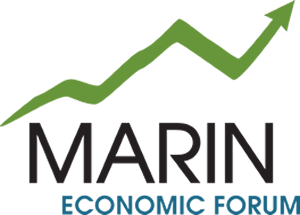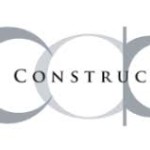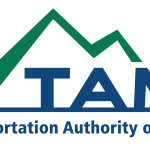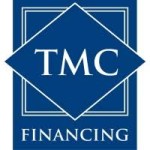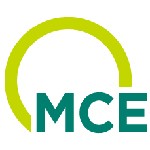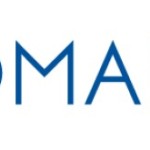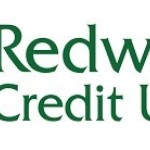4/23 Blog Topic: Moving Small Businesses from Survival to Recovery
April 23, 2020

As the world manages the COVID-19 crisis, there is a parallel effort to defeat the disease and limit the deep economic shocks. In the U.S., the Federal government has acted with more speed than ever before to put economic assistance in place, at the institutional level, the business level, and the human level. The logic goes that providing sufficient relief will carry us through to a point where the health risk is low enough for economic activity to resume and the broader economy to get back on track, ideally in a shorter period of time than it took in past recessions. The major outstanding question now is when will we get to a phase where economic recovery can begin? That question is being debated and will almost certainly be a state-by-state decision.
I understand most businesses (including sole proprietors) are in survival mode right now. At the risk of oversimplifying their plight, businesses’ ability to survive primarily depends on operating cash. “Essential” businesses have some opportunity to sustain a revenue flow (even if greatly reduced) while others will rely on negotiations with landlords or creditors to defer expenses. Perhaps some businesses will succeed in accessing federal support that will serve as a lifeline for the next 60-90 days. Many businesses, unfortunately, will not reopen. As this fight for survival plays out, MEF is already planning for recovery, by analyzing three critical questions:
What will the “snapback” sectors be in Marin? Marin County is a service economy and mostly oriented towards its residents. We have a high concentration of restaurants, salons, dentists, gyms and yoga studios, etc. When the shelter-in-place (SIP) order is lifted, these kinds of businesses will experience immediate demand, pent-up over the last few months. Understanding which sectors will be poised for a quick “snapback” will be important so that they can be sure to be ready (in terms of supplies, workers, credit, etc.) to accommodate the consumers and get their businesses back up to speed. There would be nothing worse than to survive the short-term closure and not be prepared to service customers when the economy opens for business.How will workers get their jobs back and how will employers increase their labor force? Many businesses have had to furlough or lay-off employees. How those businesses can maintain a relationship with current employees (Paycheck Protection Plan, limited hours, etc.) is critical so once they open their doors, they can meet customer demand. Businesses that expect just a temporary closure should already be looking for staff, even if they don’t know when they will reopen. On the flip side, Marin residents who have lost their job need new opportunities immediately. Fortunately, there are some resources, such as the CareerPoint Marin “Job Leads” and the Onwardca.org website that are serving as “go to” resources during this crisis and remain current. However, MEF is looking at more strategic workforce initiatives, by sector, to enable rapid scaling when the need eventually arises. One idea is an “employee exchange” where businesses that have demand for a specific skill but only on a part-time basis, might link to other employers to “share” an employee’s time by guaranteeing 40 hours of work.What will be the consumer patterns or trends that demand adaptation by businesses? Everyone is trying to envision the “new normal” and I have heard many plausible and creative ideas. The basic need will be assuring safety for customers. As the government attempts to secure our health, what extra measures will businesses be taking? What possible measures might the government impose on certain businesses? These are critical questions now being debated and businesses must have a voice here, less the parameters of operating be developed in a vacuum by public officials (which admittedly need this input from businesses).

The shifting narrative from survival to recovery is the critical focus for MEF today. We envision a collaborative effort, including our public officials, Chambers of Commerce, and businesses themselves. Write to us here at MEF (info@marineconomicforum.org) to share your ideas of how recovery could look or if you have a business and can specify what kind of needs you anticipate, we want to hear from you. There will be more funding and assistance available but understanding how to best deploy that is the critical question we must now all be debating.
Mike Blakeley, CEO
Marin Economic Forum
Tags: blog
